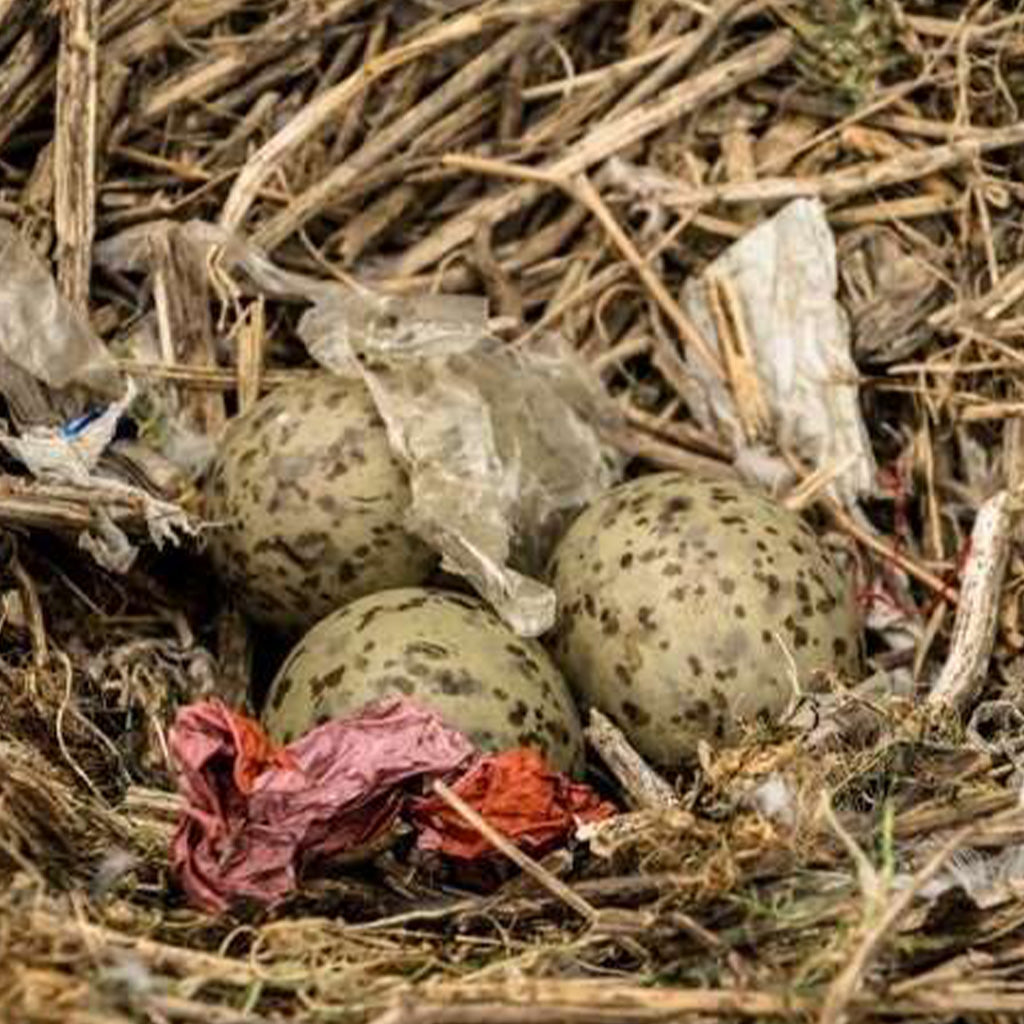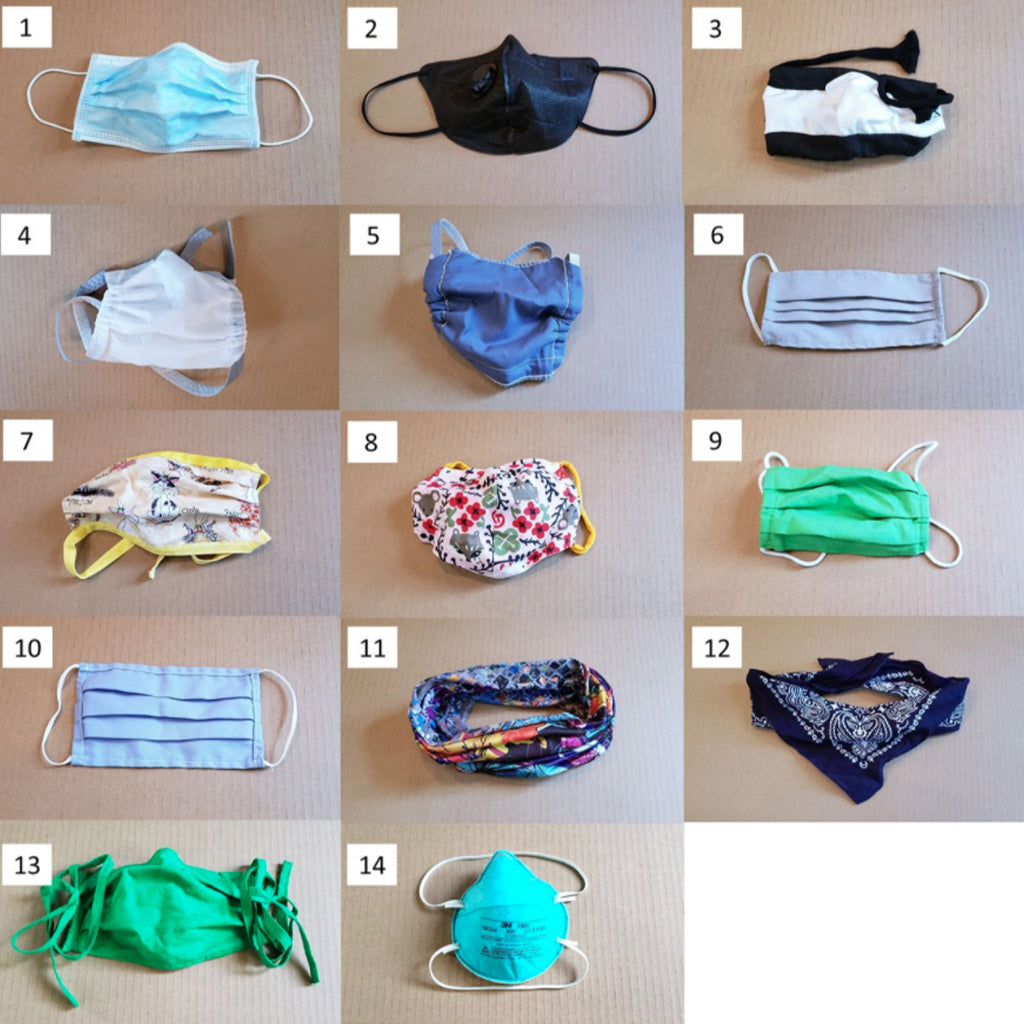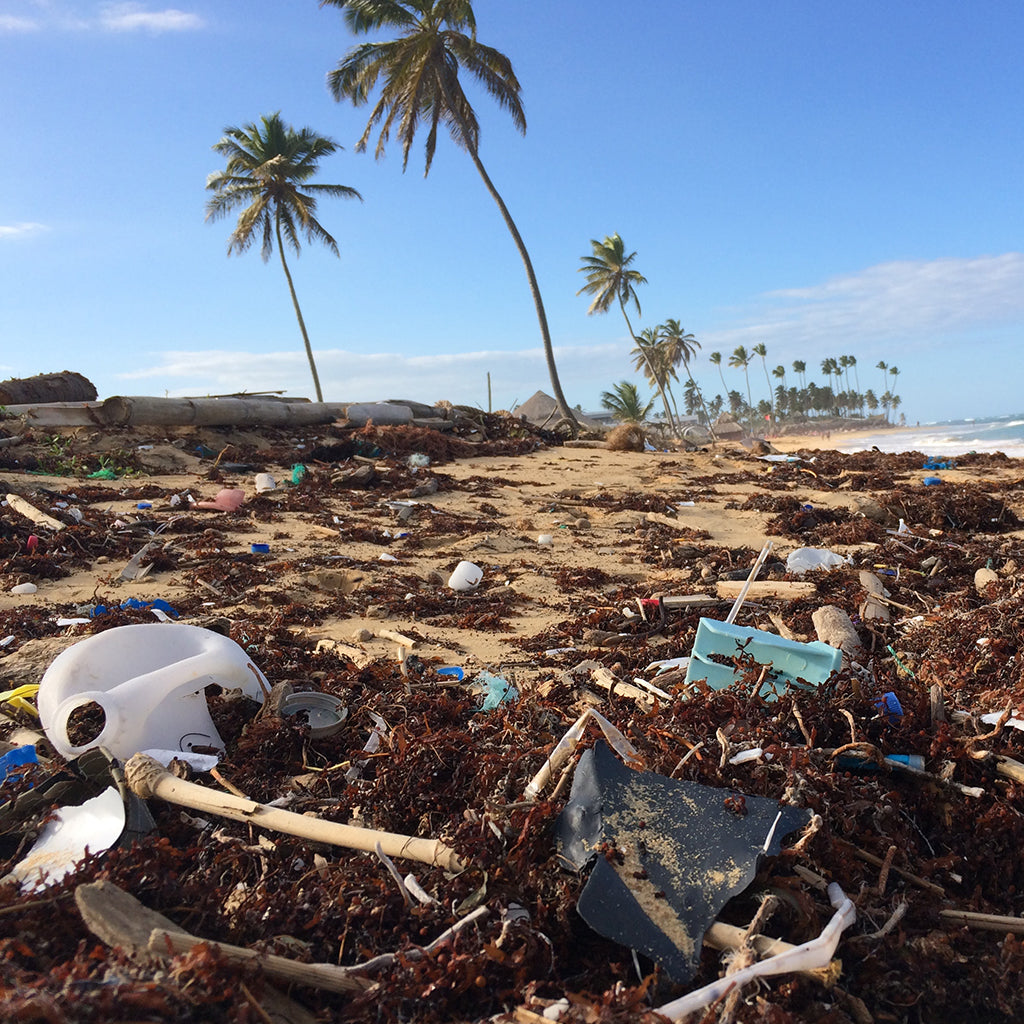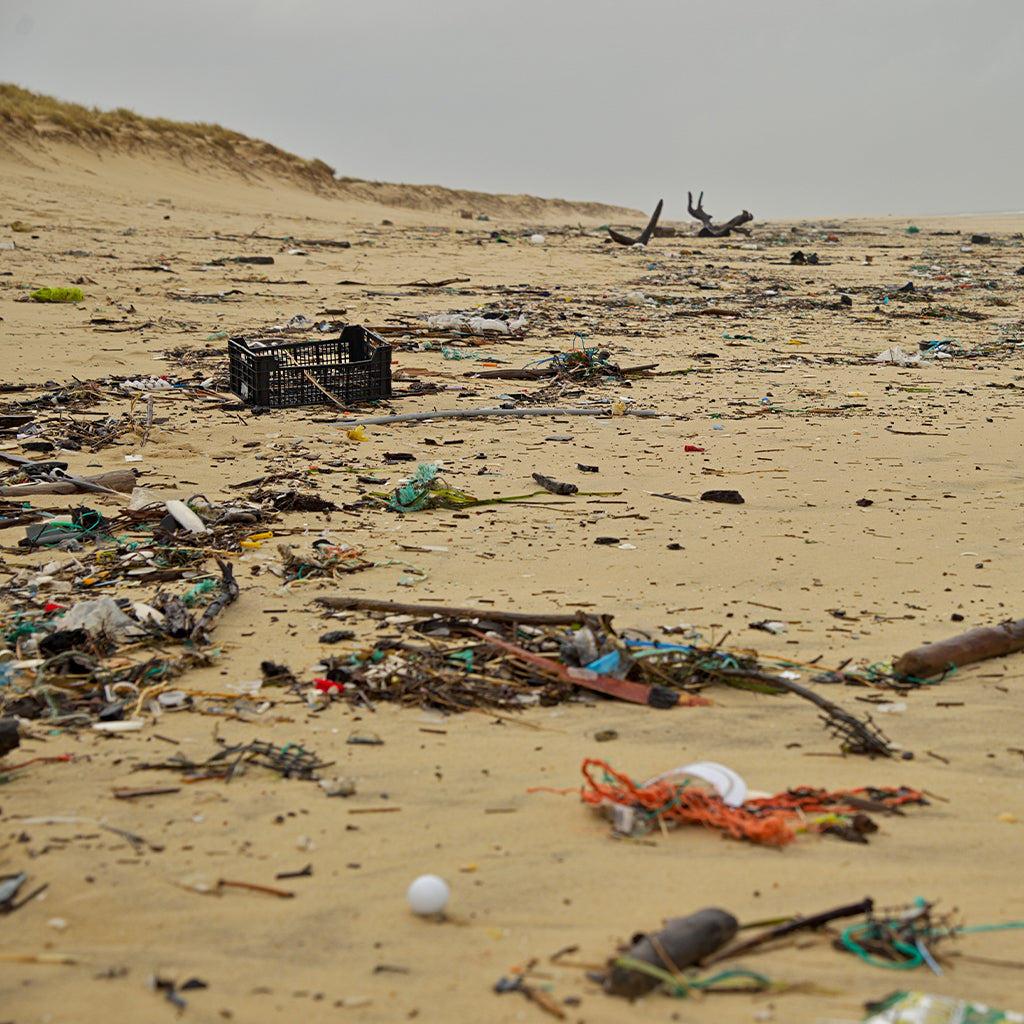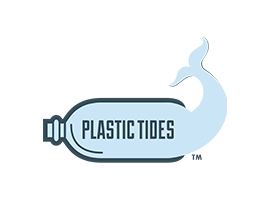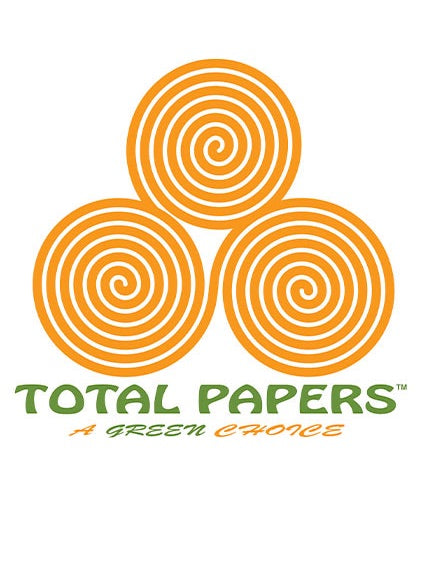Seabird Nests Filled With Discarded Plastic Debris
Researchers have found that plastic debris is incorporated in up to 80% of seabird nests.
For the first time, it has now been identified where that plastic might come from—at least for some of the species studied.
Surveys carried out in 2018 on an uninhabited island off the west coast of Scotland found that more than a quarter of all nests contained plastic, while the presence of plastic debris in nests of European shags (Phalacrocorax aristotelis) was as high as 80%.
But in other species that build new nests every year, like gulls, only around a third of the nests contained plastic debris. The large difference between species in the proportion of nests with plastic is probably due to their different nest-building behaviors; shags reuse their nests year after year so plastic builds up over time.
The difference between species may also be explained by the way that plastic debris ends up in their nests. Plastic in nests has been identified as being mostly from consumer waste thrown away in built-up areas.
"They end up in seabird nests, not because seabirds actively pick them up in built-up areas and carry them to their nest, but because are brought there passively by marine currents." says Dr. Ruedi Nager, a seabird ecologist and senior lecturer at the University of Glasgow.
For the full article, visit Phys.org.
Image via Phys.org.
Contact us to learn more about using our products!
Total Papers
11837 Goldring Rd, Arcadia, CA, 91006
(800) 919-6880
info@totalpapers.com


